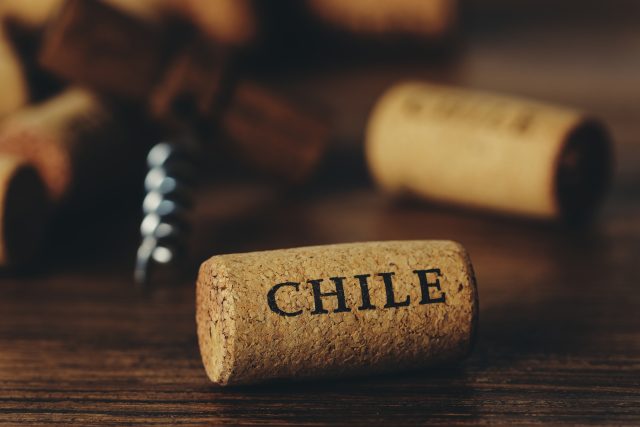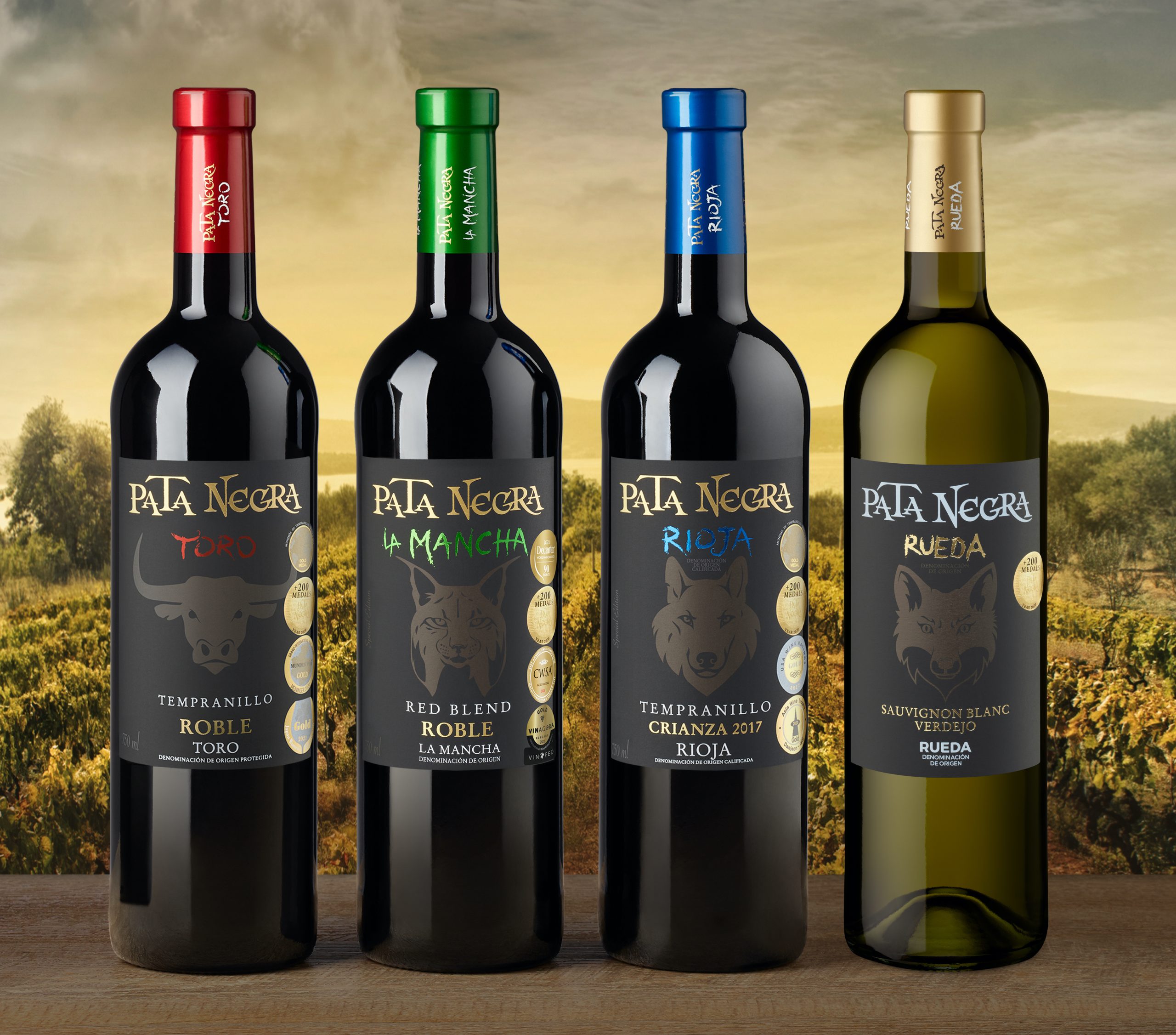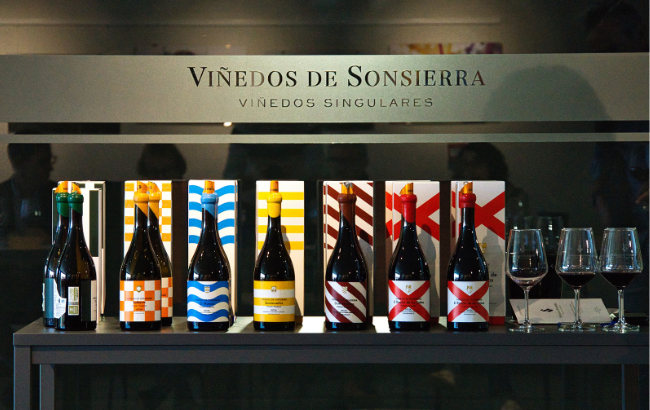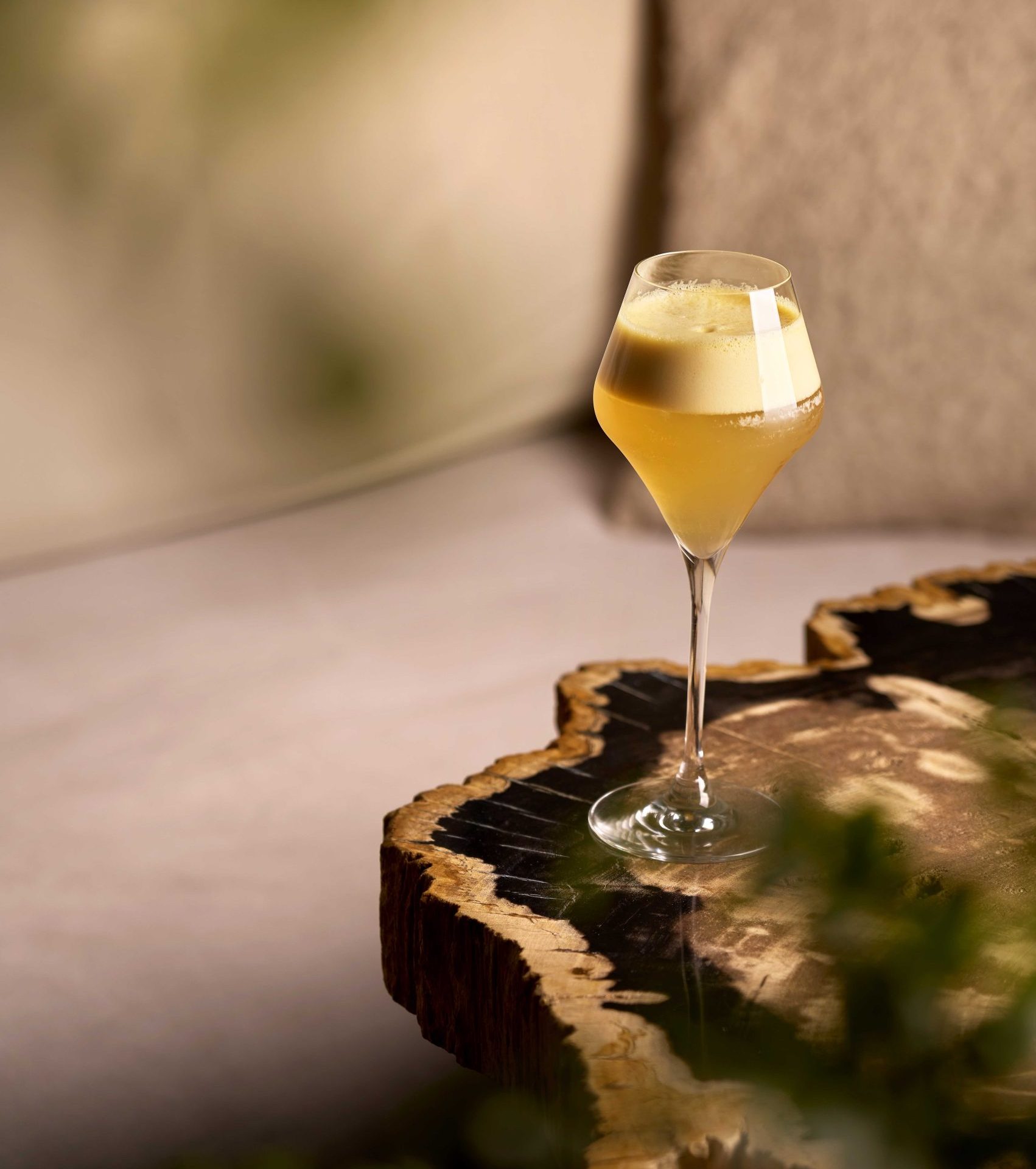‘Regional specificity’ is key to elevating Chilean wine
By Eloise FeildenLong gone are the days of premium Chilean wine from the ‘Central Valley’, as producers hone in on sub-regions and DOs to highlight the value of their wines.

Will Winterton, head of purchasing at fine wine investment platform Cru World Wine, believes that “regional specificity” is driving the success of Chilean premium wines.
He says: “Our clients are increasingly understanding and embracing these designations,” – a sign that shifting towards a DO system could benefit the country’s quality reputation.
Barbara Drew MW, content officer for Berry Bros. & Rudd, agrees that a regional focus is catching on in Chile. “Where once many Chilean wines came from the Central Valley, now producers are proudly stating exactly where, with sub-regions such as Puente Alto becoming more common on labels,” she says.
Ben Vuorinen, Cru’s senior buyer, agrees with Winterton, providing some examples to highlight how different valleys are honing their style, also citing Puente Alto for honing in on its Bordeaux blends. “It’s already home to a number of big names, including Almaviva, Don Melchor, and Chadwick, and is being increasingly presented as the Pauillac of Chile.”
Coastal regions are carving out a different niche as the home of “Burgundian”-style wines, according to Vuorinen — “the lovely Chardonnays coming out of Limarí are a good example”.
Coastal range
Another area making a name for its coastal wines is Leyda, a small sub-region of the San Antonio Valley planted on the rolling seaward hills of the country’s coastal mountain range, which feels the full effect of the Humboldt Current.
Here, vinous duo Viviana Navarrete and Tomás Rivera are on a mission to express the characteristics of the valley – with its crisp acidity and herbal touch – in the wines of Viña Leyda.
The aim is to get “the soil into the bottle”, Navarrete says, speaking figuratively. Trends, she believes, are driven by “winemakers trying to get into magazines or achieve high scores. We don’t do that.” Instead, the pair want to focus on their terroir.
Viña Leyda, a member of the VSPT portfolio, has invested heavily in soil research to find the “perfect link between clonal selection and soil” for each plot. This process is a learning curve. Rivera says: “We are walking not running.”
Viña Maquis, one of the oldest wineries in the Colchagua Valley, makes wine according to the same principle; that of respecting the terroir. The team, led by executive director and winemaker Ricardo Rivadeneira Hurtado, aims to “disappear behind the grapes”.
Unlike many of its neighbours, Cabernet Franc is the flagship grape variety of Maquis, and has won the winery much acclaim.
The variety is picking up traction among winemakers across the country, but for Maquis Cabernet Franc is more than a trend. “It’s great that it’s becoming a fashion now, but it’s been part of our history for 100 years,” Hurtado says.
Partner Content
Drew says: “Customers are realising Chilean wines can compete alongside some of the more famous, and long-established wine regions. The number of Chilean wines being sold through La Place de Bordeaux is a great exemplifier of this.” Indeed, Berry Bros. & Rudd’s September La Place offer includes six Chilean wines, which Drew argues “held their own against many of the best wines of Bordeaux”.
Cru’s Winterton says that “more talk about terroir and the huge geographical and stylistic offering that Chile can offer” is what makes its wines so exciting. But a focus on terroir can take many forms.
Viña Sutil, based in Colchagua, takes a different approach. The producer works in nine appellations covering 900km from north to south, harvesting grapes from its own vineyards as well as buying grapes in. Its icon wine, Mixtio, is produced using three varieties from three valleys.
The current vintage, from 2018, is a blend of Syrah from Limarí, Petit Verdot from Cauquenes, and Carmenère from Colchagua. “Mixtio is defined by the wine regions of Chile,” says CEO Aurelien Peris. The idea, rather than to make the best wine from one specific region, is to make “the best of the harvest”, he says.
“We want to show to consumers what Chile is able to express. Chile is not just about Cabernet Sauvignon from Maipo or Carmenère from Colchagua. Chile is able to make very good high-quality wines from different regions.”
Wealth of terroirs
With such a wealth of terroirs suitable to a plethora of grape varieties, why stick to just one?
“Chile is diversity,” says Nicolas Bizzarri, head winemaker and commercial director of Luis Felipe Edwards, “and we as Chileans want to do everything well.
“We have the conditions to produce a fantastic Sauvignon Blanc, a fantastic Cabernet Sauvignon, a fantastic Carmenère,” he says, so why not do that?
The producer’s LFE360 range reflects this attitude, expressing a “sense of terroir from the Andes to the ocean”. This means sourcing grapes from all over the country.
The range’s Carignan is from Maule, while its Cabernet Sauvignon is from Maipo, and the Tempranillo and Monastrell are grown in Colchagua.
Bizzarri is keen to stress the benefits of this scope. In the winery, the more knowledge the better. “Sometimes you learn something from the Shiraz that you can apply to the Cabernet Sauvignon,” he says.
Related news
Should Rioja increase its focus on white wine?
The 'family spirit' behind Champagne Gardet's 130th anniversary




